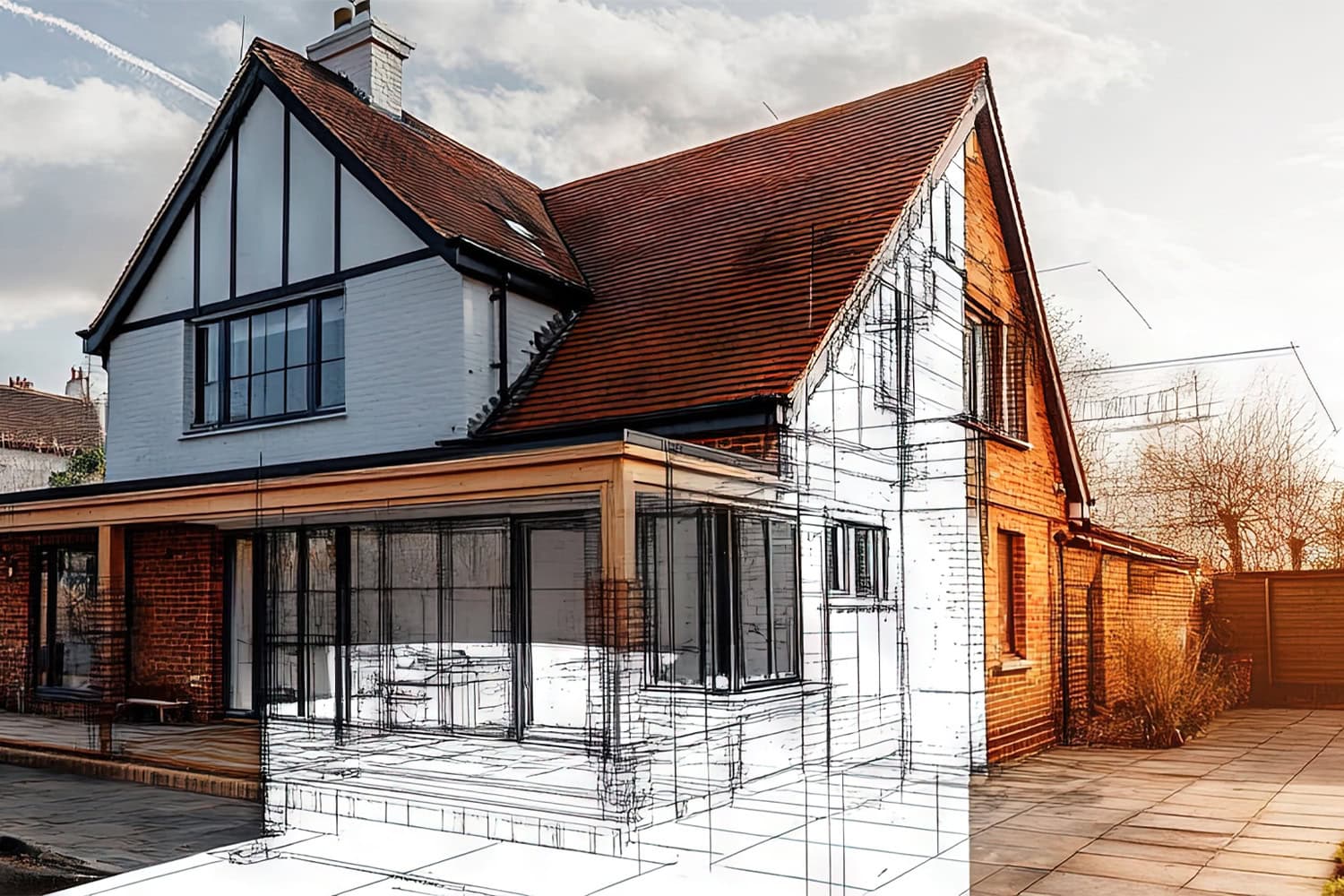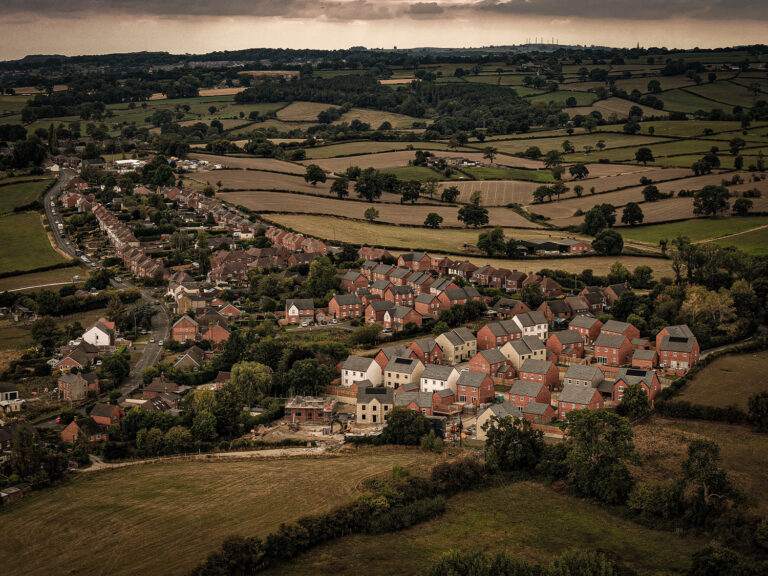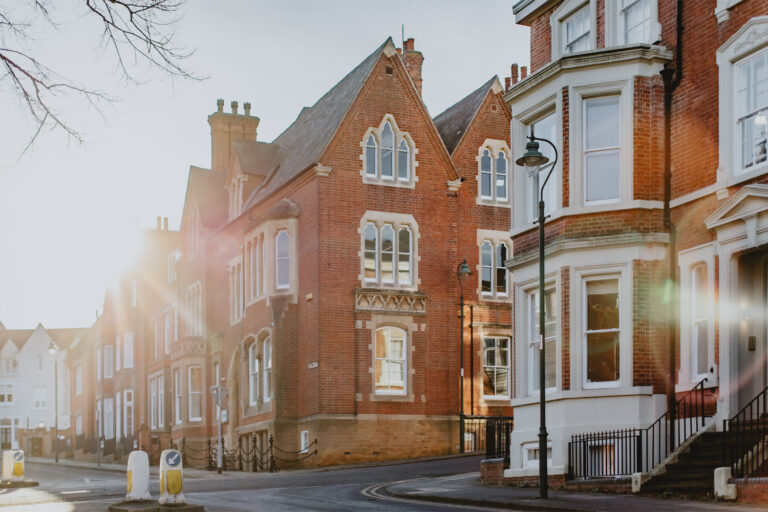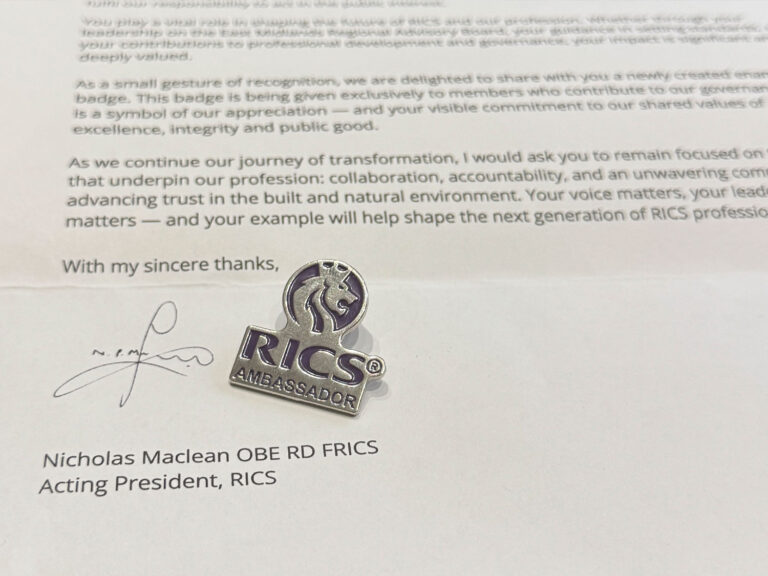Extensions: The Hidden Risks Lurking Where Old Meets New
Why You Need a Survey Before Falling for a Dream Home with an Extension
Extensions are one of the most popular ways to create additional living space, whether it’s for a larger kitchen-diner, a home office, or a new bedroom. For buyers, an extended home can seem like a dream come true – the extra space is already there, and it often adds significant appeal and value.
However, as experienced surveyors, we know that some of the most common (and costly) defects are found where the original building meets the extension. These junctions can be problematic, especially in smaller-scale projects where design oversight and site supervision are often minimal.
What goes wrong?
Roof junctions are one of the biggest areas of concern. Where flat roofs meet pitched roofs or where flashing has been poorly detailed, water ingress becomes a significant risk. In many cases, the issue is rooted in design and installation. Poor detailing at the interface stage – often due to lack of proper project management or inadequate supervision – leaves the property vulnerable to leaks and long-term damage.
Drainage is another frequent problem. We regularly find extensions with undersized or poorly connected rainwater goods. This can result in water discharging too close to the walls or pooling at the base of the building, increasing the risk of damp and structural deterioration.
Structural mismatches are also a concern. If the loads from new construction are not properly transferred through suitable supports or foundations, signs of movement such as cracking or deflection can occur over time.
Thermal performance is often overlooked too. We commonly identify cold bridging and poor insulation at junctions between old and new, which can cause condensation, mould growth and increased heating costs.
These issues are rarely visible to the untrained eye – especially when the property is well presented. A fresh coat of paint can disguise a multitude of defects, at least temporarily.
Case Study: When the Kitchen Extension Looked Too Good to be True
A recent survey in West Bridgford involved a 1930s semi-detached property with a rear kitchen extension. The space was beautifully finished and presented to a high standard. However, our Level 2 Home Survey identified water staining to the ceiling at the intersection of the extension roof and the original building.
Closer inspection revealed poor detailing at the roof junction, with inadequate flashing where the pitched roof of the extension joined the main structure. This was likely a design and installation oversight – a common occurrence in smaller projects where there is no professional project manager or regular site supervision.
The result was a slow but sustained leak. Remedial works were estimated at over £5,000. Our client was able to renegotiate the purchase price to reflect this, but without a survey, the issue could easily have gone unnoticed until it caused significant damage.
Trust Your Instinct – But Let Us Check the Details
We fully support buyers relying on their instinct and emotional connection to a property. A home should feel right. But that gut feeling needs to be backed up by a professional evaluation of the structure and condition – especially where extensions are involved.
At Bramble & Wagg, our RICS-accredited surveyors provide detailed, bespoke home surveys. We take the time to inspect every area of concern, using industry-leading reporting tools and photographic evidence to support our findings. You’ll also have the option of a post-survey Teams call to discuss any concerns.
Let us deal with the detail – so you can focus on imagining your future in your new home.
Get in touch today to arrange your survey or to discuss your potential purchase. We’re always happy to help.







